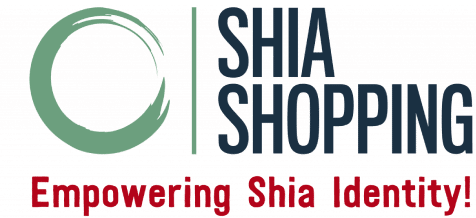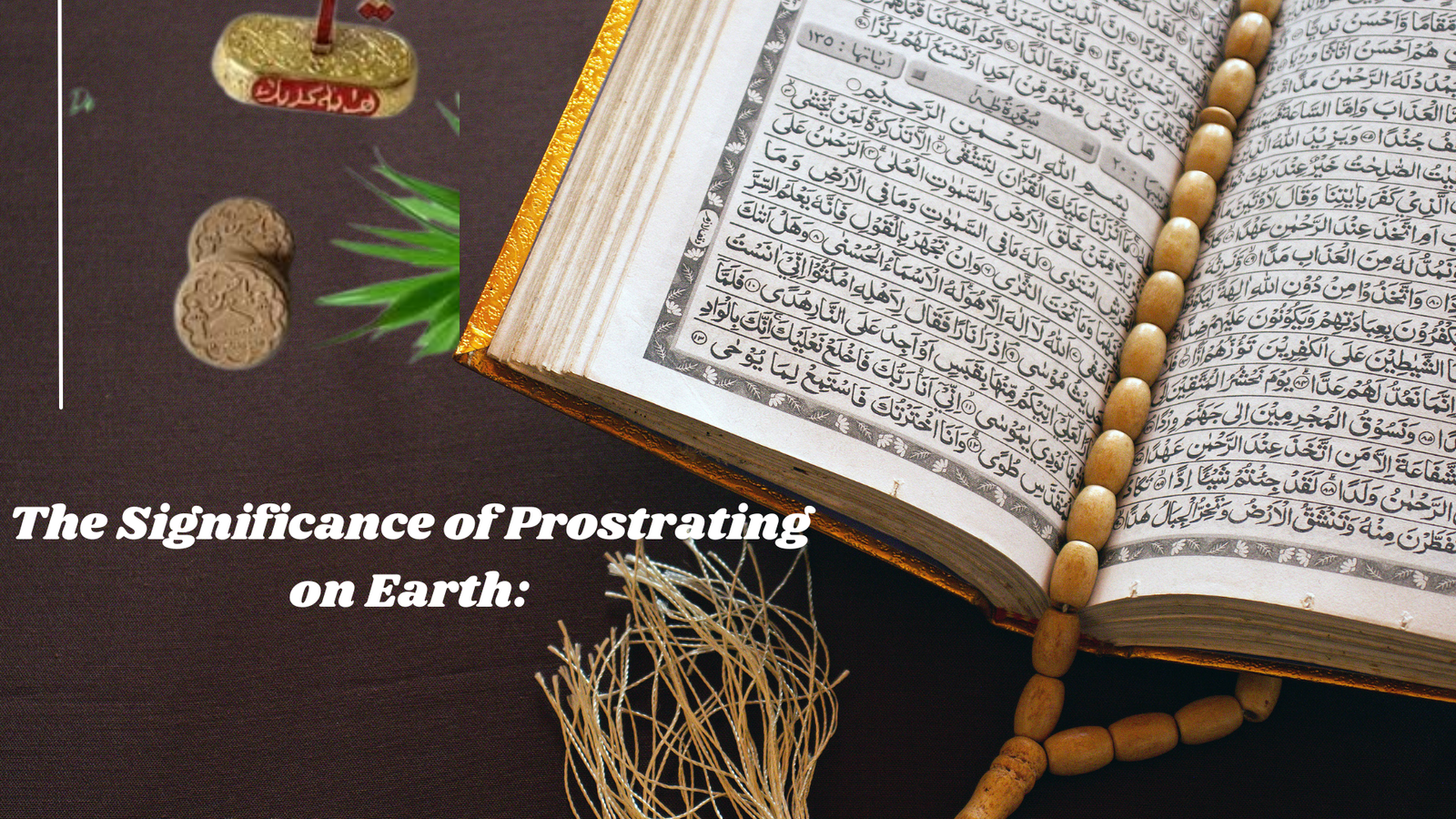The classification of prostration on the turbah as bid’ah (innovation) or Sunnah (tradition) varies among Islamic scholars. Shia Muslims view it as an emulation of the Prophet Muhammad’s actions, thus falling within the realm of Sunnah. Conversely, some Sunni scholars may regard it as bid’ah due to its absence in explicit Hadith literature. The status of prostration on the turbah reflects differing theological perspectives within Islam, with Shia adherents emphasizing emulation of the Prophet’s practices and Sunni scholars prioritizing adherence to established traditions documented in Hadith.


